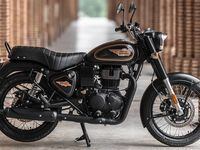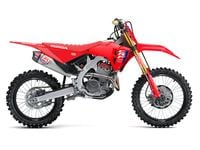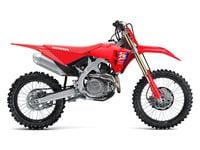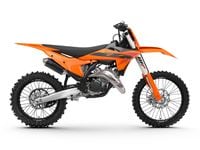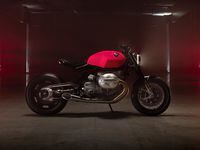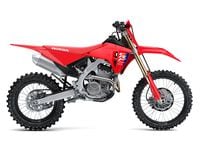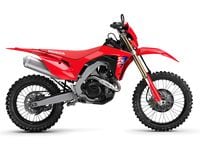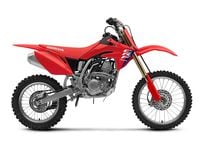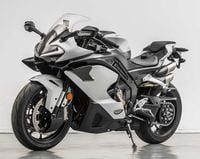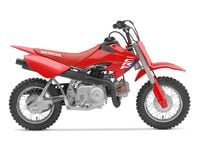In the April issue of Cycle World, we featured a test of high-performance middleweights, the two-cylinder Ducati 899 Panigale, the three-cylinder MV Agusta F3 800, and the four-cylinder Suzuki GSX-R750. In our sportbike comparison test at the Streets of Willow Springs in California, Senior Editor Blake Conner also came up with a superb idea—comparing the Ducati 1199 Panigale with its junior clone, the 899 Panigale. Blake's 899 vs. 1199 Panigale comparison story confirmed to me that brutal power is not everything on two wheels, especially for the average enthusiast. Additionally, it spurred me to learn more about the new 899 power unit, which, in comprehensive evaluation, might just be the best Ducati engine ever. Here's why.
1, 2) The 90-degree Ducati 899 Panigale V-twin is a perfect clone of the engine in the 1199 Panigale, in external dimensions and weight. All attachment points are the same, as is the chassis structure and suspension arrangement.
3) Here's the Ducati 1199 Panigale engine, for direct visual comparison.
4) The crankcase between 899 and 1199 is fully interchangeable. It's a strong point, for sure, with solid construction that includes the shell of the outer cylinders. This helps provide superior structural rigidity.
5) The cylinder bore of the 899 is 100mm, down 12mm from the Superquadro 1199's 112mm bore. The construction is identical: aluminum with Cermetal bore plating. This is a hardening process similar to Nikasil but developed by the Italian company Tecnol.
6, 7) Because of its smaller inner bore, the 899 cylinder barrel features three ribs that match and solidly brace against the unchanged bore of the outer cylinder shell. Special silicone rubber O-rings provide perfect sealing of the cooling jackets. A positive consequence of the shared basic structure of the 899/1199 (which have the same water pump and the same cooling fluid speed) is this: The cylinder barrels of the 899 are surrounded by a larger amount of cooling fluid, which translates to lower working temperatures.
8) The cylinder barrel of the 1199, with its 112mm bore, does not need any ribs to match the inner diameter of the cylinder shell. Silicone rubber O-rings, one at the top and two at the middle, are the same as on the 899.
9, 10) The 899 pistons are regular three-ring type, slightly domed for a relatively moderate (by Ducati standards) compression ratio of 12.5:1. They weigh 486 grams or 17.14 ounces.
11) The piston of the 1199 also has three rings. Because the 1199 is a more oversquare design (112mm x 60.8mm as compared to 100mm x 57.2mm), its piston is slightly more domed to achieve the same 12.5:1 compression ratio as the 899. The 1199 piston weighs 623 grams or 21.97 ounces.
12, 13) Head castings are unchanged on the outside, and so is the position of the desmo camshafts. The valves of the 899, however, are significantly smaller in diameter. The intakes are 41.8mm, the exhausts 34.0. On the 1199, they are 46.8 and 38.2, respectively. To correctly arrange the four valves around the centrally positioned sparkplug, they had to be canted inward. Their included angle has grown from the 23 degrees in the 1199 to 24.6 degrees in the 899. All valves in the 899 are steel, the inlets weighing 68 grams or 2.4 ounces, the exhausts tipping the scales at 57 grams or 2.0 ounces.
14, 15) The 1199 features titanium intake valves that weigh a mere 49 grams or 1.73 ounces. The steel exhaust valves weigh 67 grams or 2.36 ounces.
16) The steel connecting rods are the trump card for the 899 Panigale. Both engines have the same deck height, but the shorter stroke of the 899 (57.2mm vs. 60.8mm) means the rod length had to be increased, from the 1199's 110.1mm to 114.25mm. This returns an almost exact 2:1 stroke-to-conrod ratio, of which Dr. Taglioni would most certainly approve. In fact, a ratio of at least 2:1 drastically reduces the second-order imbalances, the related vibrations, and side thrust on the pistons, which means higher efficiency and less mechanical stress on the engine. The 899's connecting rod weighs 462 grams or 16.3 ounces.
17) Although shorter at 110.1mm, the connecting rod of the 1199 Panigale is heavier. Additional webbing is necessary to safely withstand the higher loads caused by the heavier pistons and higher combustion impulses of the larger displacement. The 1199's connecting rod weighs 623 grams or 22 ounces.
18) The 899 Panigale has the same size main bearings and rod journals/bearings as the 1199—50mm and 45mm, respectively. Given its shorter throw (28.6mm versus 30.4mm), the 899 crankshaft is even more rigid and stable. Also, the main and rod journal (in axial view) overlap by 19.4mm, a very substantial value. The 899 crankshaft weighs 4,470 grams or 157.7 ounces.
19) With the 1199 crankshaft, the crank journal/main journal overlap is 17.1mm. The 1199 crankshaft weight 5,160 grams or 182 ounces.
WHAT’S THIS ALL MEAN?
Well, Ducati’s 899 V-twin is mighty strong, an immensely reliable engine that delivers a claimed 148 horsepower at a relatively moderate 10,750 rpm. Its mean piston speed at peak power, 4,034.8 feet per minute, is well within sacred limits. All major components are largely under-stressed, and claimed peak torque is a very good 73 pound-feet at 9,000 rpm. I’m confident that a touring version, brought down to 120 horsepower, would last 100,000 miles, and be very cheap on fuel. And, lastly, there’s one additional detail I love about this engine—it’s 57.2mm stroke is almost identical to that of the legendary Ducati 250 Diana, Dr. Taglioni’s favorite single. An inspired return?
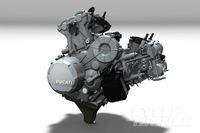

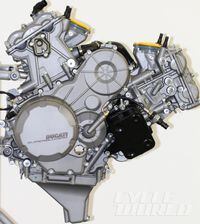
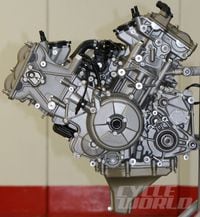
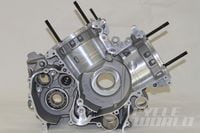
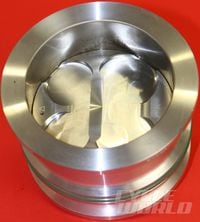
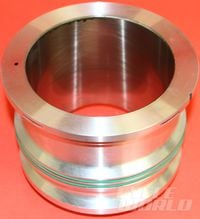
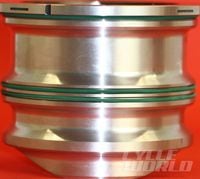
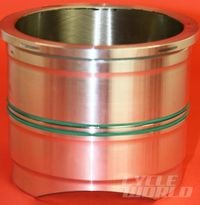
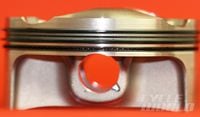
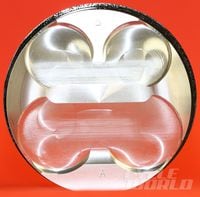
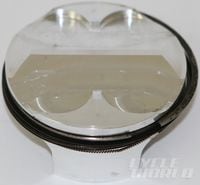
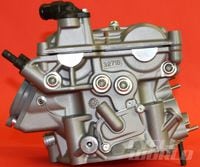
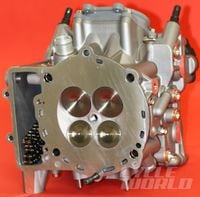

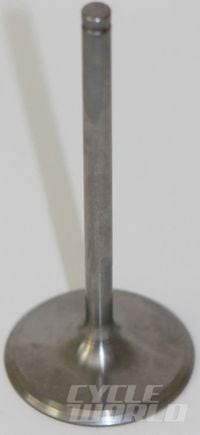

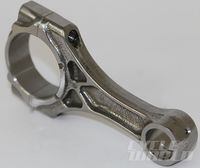

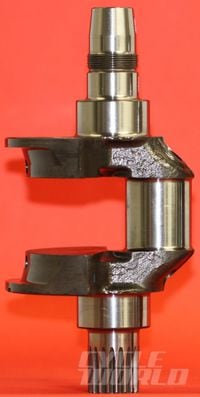
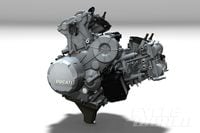
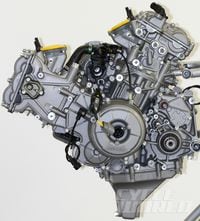
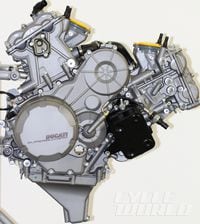
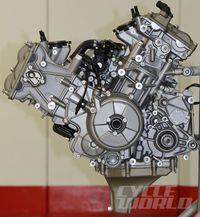
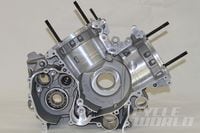
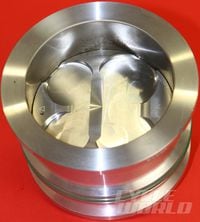
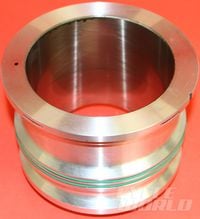
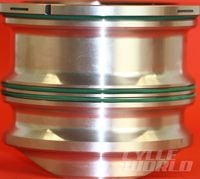
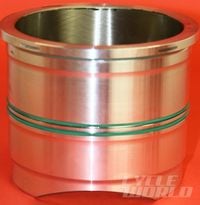
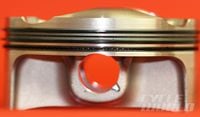
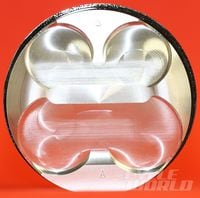
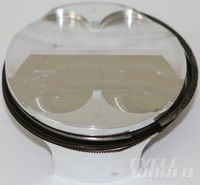

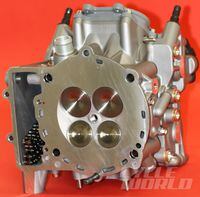
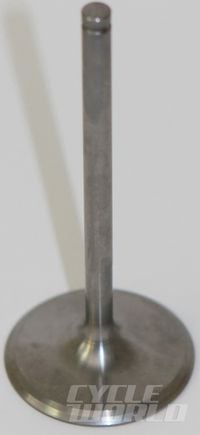
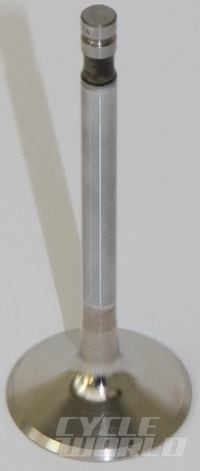
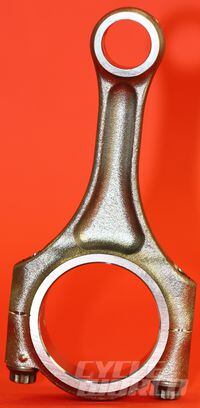

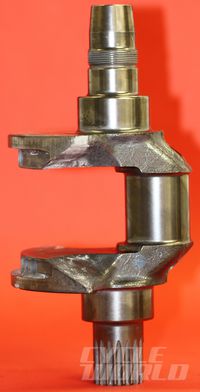

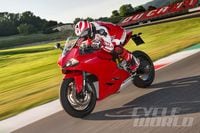
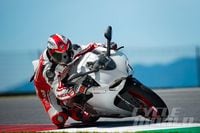



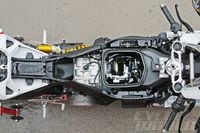

/cloudfront-us-east-1.images.arcpublishing.com/octane/N575KB7BDZDPPJBRLZRG2ANHKI.jpg)
/cloudfront-us-east-1.images.arcpublishing.com/octane/T77HXRXV4NGKDNZODMSEIBRXPE.jpg)
/cloudfront-us-east-1.images.arcpublishing.com/octane/NKMM7V2P3BCSXAV6J56FKK67OU.jpg)
/cloudfront-us-east-1.images.arcpublishing.com/octane/SWQRQV27DNFA7LXGFI7FNFNGOQ.jpg)
/cloudfront-us-east-1.images.arcpublishing.com/octane/GYEXUJBV5JGQLLZNXO7KRVSTEY.jpg)
/cloudfront-us-east-1.images.arcpublishing.com/octane/MCWUSJJVJVG45P7QQG3WOXZR54.jpg)
/cloudfront-us-east-1.images.arcpublishing.com/octane/AJ4EFPH2CRDURDAB5LPEA2V2NE.jpg)
/cloudfront-us-east-1.images.arcpublishing.com/octane/LSDHIL22SZAFFPYLKP5ZXLJSIY.jpg)
/cloudfront-us-east-1.images.arcpublishing.com/octane/SH46HIOX4RELXLXF6AE3SFGH4A.jpg)
/cloudfront-us-east-1.images.arcpublishing.com/octane/JUZ52WFWLJGMNH7PGZNOKP3MUY.jpg)
